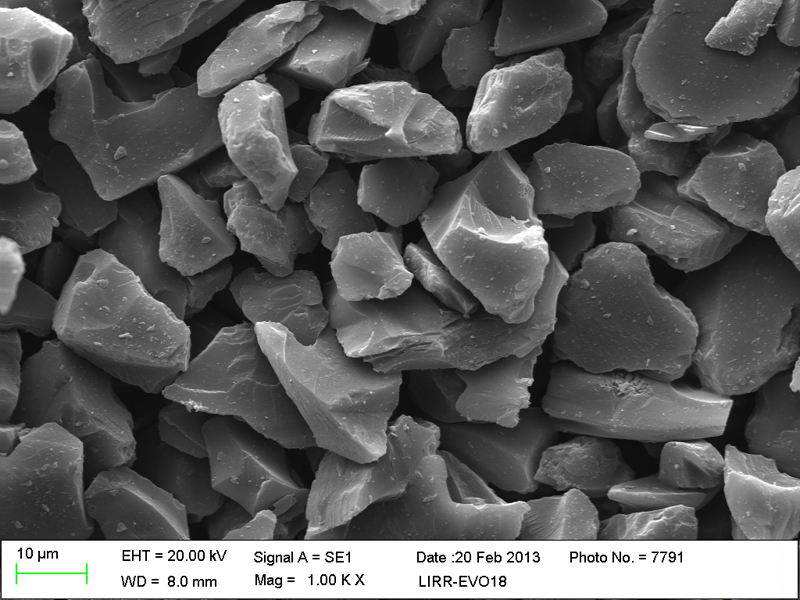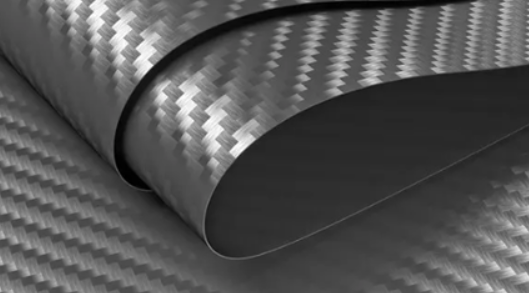Beautiful Plants For Your Interior

Graphite and carbon fiber pickleball paddle: Which one is more accepted by the public?
Some time back, a client approached us with a query: Can I have a graphite pickleball paddle? Let me clarify, we are not currently engaged in crafting graphite paddles.
What exactly is a graphite pickleball paddle?
The graphite paddle widely available today is crafted solely from graphite material. These paddles boast a lighter weight and enhanced striking power, facilitating stronger offensive plays.
Graphite paddles are recognized for their robustness and capacity to dampen vibrations. They offer increased steadiness and command on the court, enhancing shot accuracy and ease.
Feeling eager to procure a graphite paddle now?
However, it’s worth noting that graphite is brittle and lacks rigidity, translating to limited strength. Primarily utilized for electrical and thermal conductivity, graphite is rarely used in paddle construction.
I once encountered a paddle with a “polar” friction surface from a specific brand, indicating an electrostatically adsorbed surface for improved ball handling. Yet, such features often carry little practical value and are more gimmicky.
Why not delve into crafting a graphite pickleball paddle?
Can we actually produce graphite paddles? By incorporating graphite powder into carbon fiber or glass fiber, we could potentially develop paddles inspired by the concept of graphite rackets.
But why haven’t we pursued this avenue? Implementing this in production would significantly escalate costs without substantial performance enhancements for the paddle.
So, what materials dominate the current paddle market?
Undoubtedly, carbon fiber paddles lead the way. These paddles are lightweight, responsive, and deliver added power to our shots. Considering data from Amazon and prominent brands, carbon fiber rackets stand out as the preferred choice among players.


